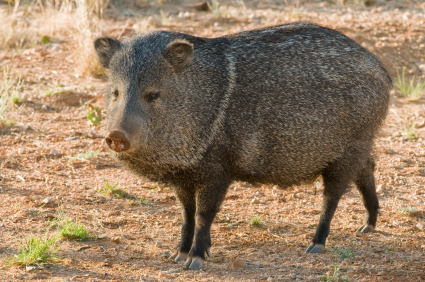

Scat as a Sign of Wild Hogs
Along with tracks, holes caused by rooting, and wallows in yards, one of the most common indications of a wild hog problem is the pests’ droppings. Wild hog poop measures from three to nine inches long and about one to two inches thick. The droppings are irregularly shaped, and feral pigs deposit them in small piles. The color varies from tan to black depending on diet.
Problems with Wild Hog Feces
Wild hog scat on properties can be unpleasant for residents. Not only does it smell terrible and indicate that the pests are living nearby, it may also contaminate food and water.
Droppings from these animals carry a variety of diseases, including some that may transfer to humans. E. coli bacteria and swine brucellosis are some of the main pathogens residents may contract from wild hog feces. Infection usually occurs through contact with contaminated items or water.
Getting Rid of Wild Hogs
Due to the amount of damage they create and the illnesses wild hog droppings can carry, prompt removal of feral pigs is important. Setting traps is a popular method to get rid of the pests. However, wild hogs are intelligent animals. Incorrectly set traps may be ineffective.
Contact the team at Critter Control for help with controlling these pests. An experienced technician will work with residents to prevent the damage and problems associated with wild hog poop.